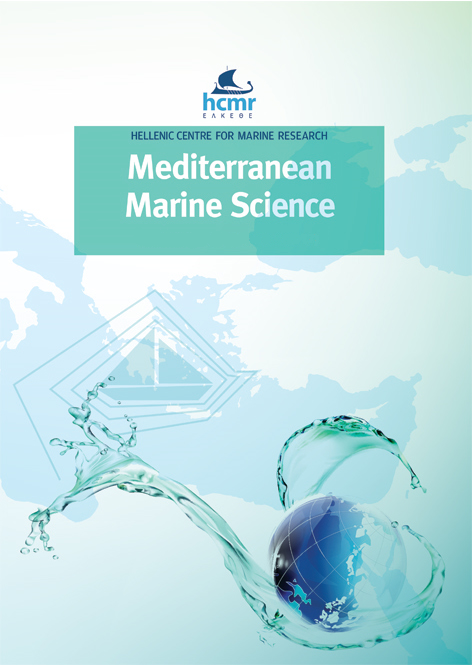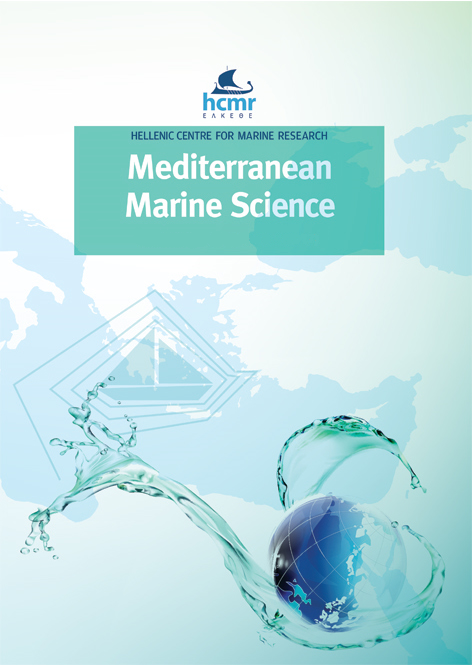The gaps in knowledge to understand the link between resilience and trophic ecology in tropical octocorals

Περίληψη
The structural and functional change of shallow-water coral reefs is a reality that is still not fully understood. In many areas of the world, such as the Caribbean shallow waters, it has been shown that macroalgae, sponges, and octocorals occupy the seascape left by stress-sensitive scleractinians, which did not resist human impacts. In this paper, we analyze different drivers for the current- day resilience of one of the “winning” taxa, the octocorals, in the face of changing environmental conditions, paying attention to existing gaps in knowledge. The trophic plasticity of these organisms is recognised as one of the main traits responsible for their stability, allowing them to feed in a more generalist way, along with other biological characteristics (morphology, reproductive strategies, type of symbiont). To investigate the current state of trophic ecology in tropical octocorals, we reviewed 51 articles from 2010 to 2022 to assess new information on this underexplored topic. We categorised data extracted from scientific articles by geographic regions associated with the study site, research objectives, sample collection depth, octocoral family studied, trophic ecology, and impacts of human disturbances. Based on our results, we point out improvements required to obtain greater knowledge about the trophic ecology in octocorals: (A) Expand research on understudied geographic regions (e.g., Tropical Southwestern Atlantic); (B) Focus research in mesophotic areas; (C) Investigate the relationship between trophic ecology and reproduction, and describe the reproduction cycles of octocorals, linking mixotrophic inputs with energy storage strategies; (D) Analyze the effects of combined and synergistic human disturbances through ex situ and in situ experiments. Among the gaps of knowledge revealed in this perspective article,, expanding the knowledge about the energy budget processes is important for gaining a deep understanding of the potential resilience of reef octocorals in the face of global change and their role in future seascape composition.
Λεπτομέρειες άρθρου
- Πώς να δημιουργήσετε Αναφορές
-
MATOS RIBEIRO, E., GARCIA, T. M., SOARES, M. O., & ROSSI, S. (2025). The gaps in knowledge to understand the link between resilience and trophic ecology in tropical octocorals. Mediterranean Marine Science, 26(2), 312–326. https://doi.org/10.12681/mms.36099
- Ενότητα
- Review Article
Authors who publish with this journal agree to the following terms:
- Authors retain copyright and grant the journal right of first publication with the work simultaneously licensed under a Creative Commons Attribution Non-Commercial License that allows others to share the work with an acknowledgement of the work's authorship and initial publication in this journal.
- Authors are able to enter into separate, additional contractual arrangements for the non-exclusive distribution of the journal's published version of the work (e.g. post it to an institutional repository or publish it in a book), with an acknowledgement of its initial publication in this journal.
- Authors are permitted and encouraged to post their work online (preferably in institutional repositories or on their website) prior to and during the submission process, as it can lead to productive exchanges, as well as earlier and greater citation of published work (See The Effect of Open Access).





